
A good source of fiber and relatively inexpensive as grocery prices soar, beans are a low-cost, delicious way to load up on protein. But what’s the difference between the kaleidoscope of options from white to red to navy to black? Bite for bite, these are the best beans for protein.
The information provided on this site is based on my personal experience living with alpha-gal syndrome. I consistently cite and link to expert sources, but nothing published on this site should be perceived as medical advice.
Alpha-gal sensitivities vary by person. You should understand your dietary restrictions, making any adjustments needed, and directing any questions to your physician.
Versatile, nutritious, and packed with protein, beans are an important staple in a plant-based diet. Whether you snack on steamed edamame, puree chickpeas into hummus, stir beans into soup, or serve them as a side dish, there’s no shortage of delicious ways to enjoy these protein-rich legumes. So after beefing up on the benefits of beans, be sure to try some of the alpha-gal recipes included below!
To help offset the costs of running SageAlphaGal.com, you’ll find affiliate links lightly sprinkled throughout the site. If you choose to make a purchase via one of these links, there’s no additional cost to you, but I’ll earn a teeny tiny commission. You can read all of the legal blah blah blah (as my little niece says) on the full disclosure page.
In This Article
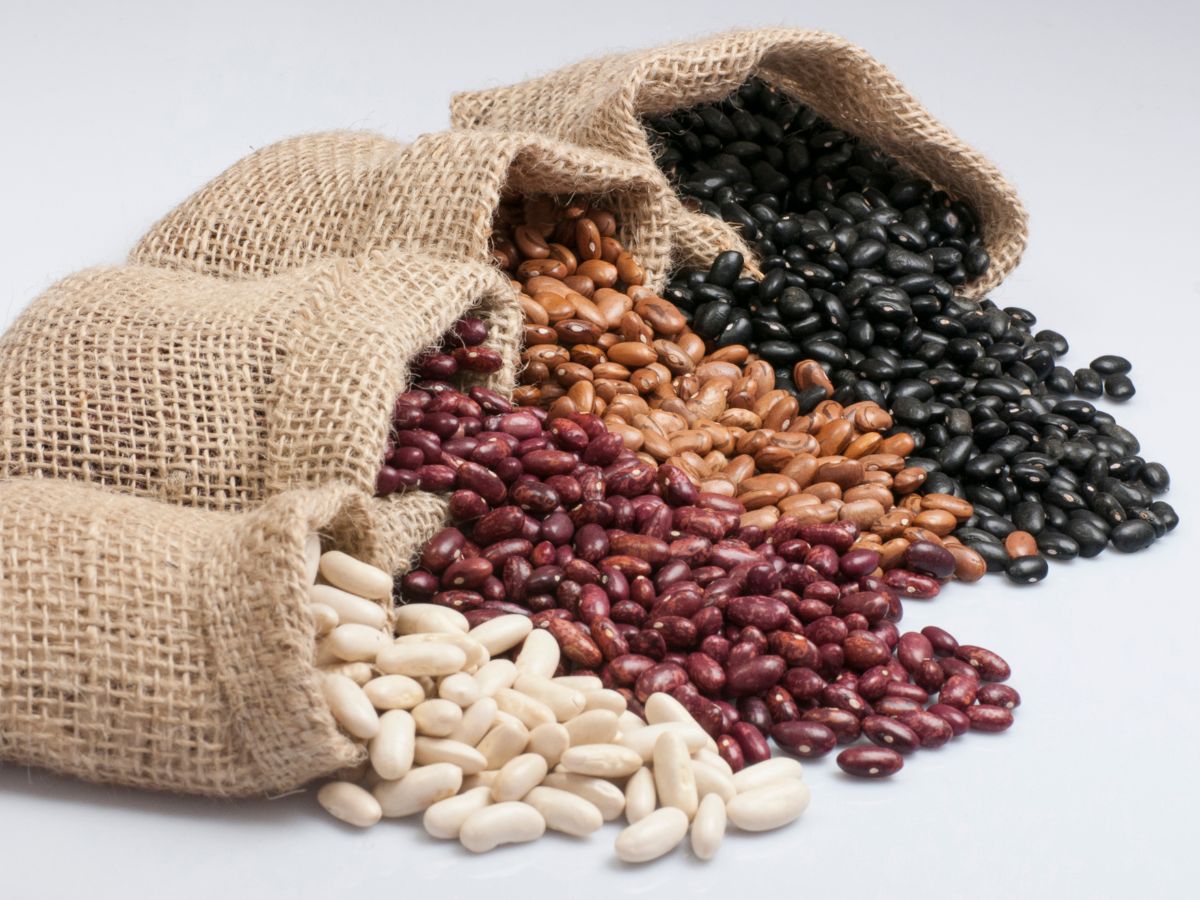
Why is Protein Important?
Protein is an important macronutrient that plays an important role in our bodies. Protein is important for several reasons, including its role in:
Building and Repairing Tissues
Proteins are made of amino acids, which are the building blocks of tissues such as muscles, skin, and hair. Consuming adequate amounts of protein is essential for repairing and building new tissues.
Supporting Immune Function
Protein is crucial for the production of antibodies – the proteins that help your body fight infection.
Providing Energy
Protein can be broken down into glucose, which the body uses for energy. When carbohydrates are not available, the body can use protein as an energy source.
Supporting Digestive Health
Protein is also important for maintaining a healthy digestive system. It helps to repair and regenerate the lining of the digestive tract, which can become damaged due to inflammation or other factors.
Consuming enough of the right types of protein is essential to good health. And when an entire category of protein – mammalian meats like beef, pork, and lamb – is no longer an option, it’s especially important for alpha gals to seek out non-red meat sources of protein like chicken, fish, eggs, nuts, and, you guessed it, beans.
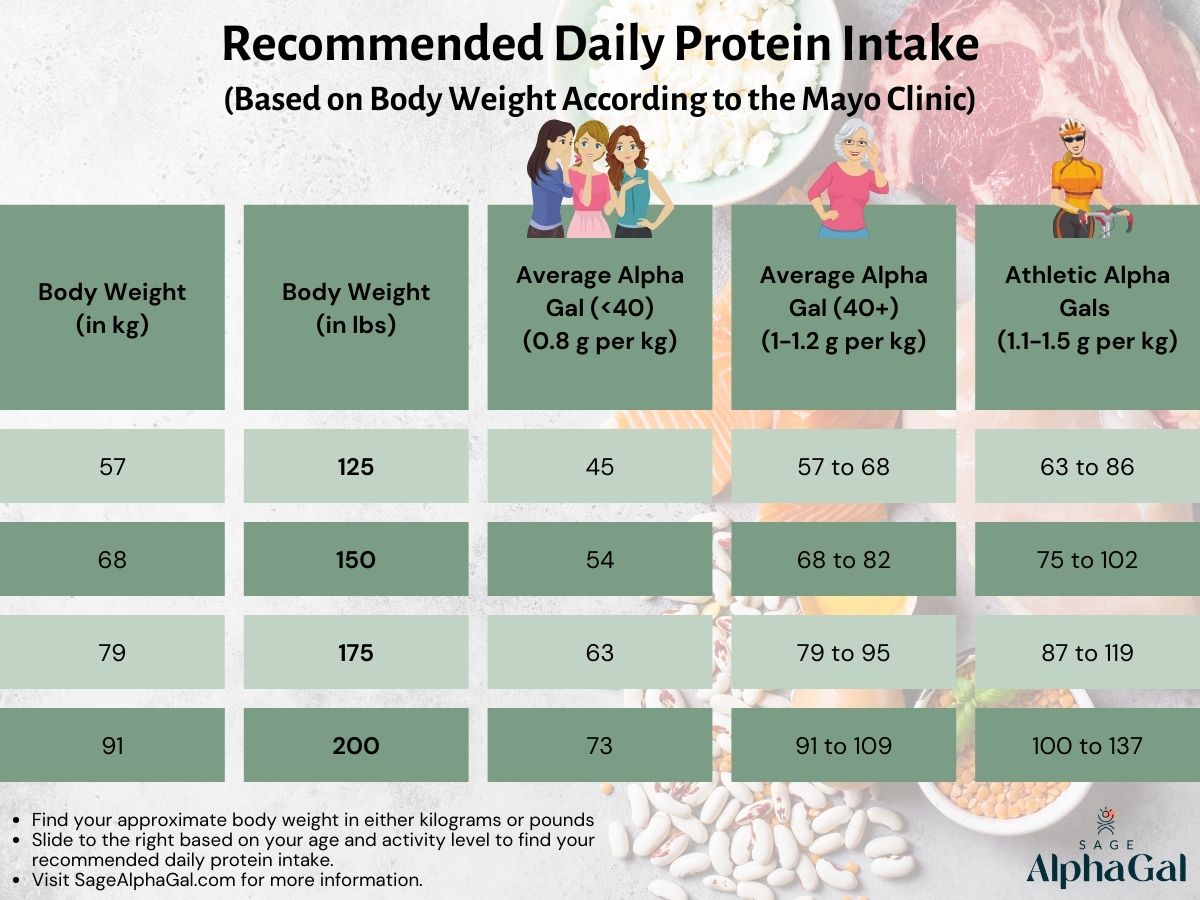
Protein in Beans Compared to Meat
When comparing the protein in beans to the protein in meat, there are a few key differences.
Plant-Based Protein vs. Animal-Based Protein
One of the most obvious differences is that beans are a plant-based protein source while meat is an animal-based food. What’s less obvious is that the two types of proteins have different amino acid profiles. That means that they have different types and amounts of amino acids that make up the protein.
Complete Protein vs. Incomplete Protein
The protein in meat is a complete protein – it contains all nine essential amino acids that the human body cannot make on its own. While beans are a good plant-based source of protein, they are incomplete proteins (with one exception that we’ll cover in a minute).
The good news is that beans and legumes can be paired with other ingredients to form a complete protein. Ever wonder why beans and rice are culinary besties around the globe? It’s because together these two staples contain all nine essential amino acids required to be a complete source of protein. Tired of rice? Corn and wheat can also fill in the amino acid gaps in beans to create a complete protein.
So what’s the one exception to the “beans are not a complete protein” rule? Soybeans! That’s why tofu, tempeh, and edamame are popular ingredients in vegetarian and vegan diets.
Fat Content
Beans are lean proteins with considerably lower total fat and saturated fat than the cheeseburgers we alpha gals can no longer enjoy. A 3.5-ounce, 70%-lean ground beef patty contains 30 grams of fat, with 11 grams of fat coming from saturated fat. In comparison, a 3.5-ounce serving of cooked black beans contains 0.5 grams of fat, with just 0.1 grams derived from saturated fat. Black bean burgers for the win! (Take that, nasty lone star ticks!)
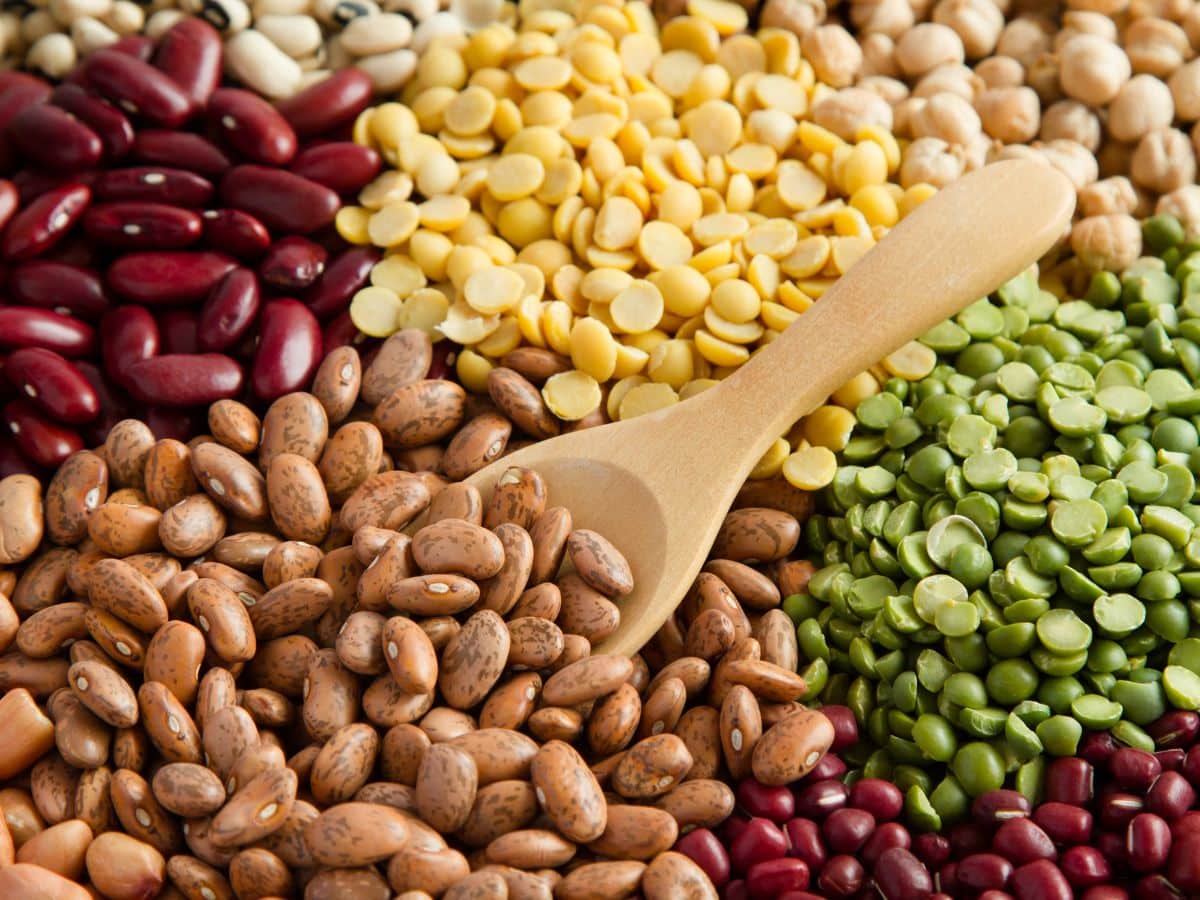
What’s the Difference Between Beans and Legumes?
The words “beans” and “legumes” are often used interchangeably. However, they are not exactly the same thing. Legumes are a family of plants that include beans, peas, lentils, and peanuts. Beans are one type of legume. While all beans are legumes, not all legumes are beans – just like chicken is poultry, but not all alpha-gal friendly poultry is chicken. We can also enjoy duck and turkey!
Because this article focuses on how we eat them, and not the scientific classification, this list includes beans, peas, and lentils – plus protein information for peanuts for good measure.
“Beans are associated with an abundance of health benefits! Consuming beans on a regular basis can help lower LDL or “bad” cholesterol levels, which reduces your risk of developing heart disease. On top of that, the beneficial compounds and antioxidants in beans have been shown to reduce the risk of developing prostate, colon, and breast cancers.”
— Stephanie Wells, MS, RD, ACSM-CPT, Thyme to Go Vegan Nutrition Services
Why Beans are Good for Your Health
Around the world, beans have long been an important staple food. Whether you dig into a side of baked beans at breakfast in London, a spicy bowl of red beans and rice in New Orleans, or a hearty dish of cassoulet in Paris, you are tapping into these health benefits.
High in Fiber
Dietary fiber is important for maintaining a healthy digestive system. It can also lower cholesterol levels, help regulate blood sugar levels, and aid in weight loss. According to this article, an adequate amount of fiber each day is 25 grams for adult women and 38 grams for adult men. And with a one-cup serving of cooked black beans packing 15 grams of fiber, you can be more than halfway to your goal when you replace ground beef with beans in your favorite Tex-Mex recipe.
Good Source of Protein
At this point in the article, it should be no surprise that beans are an excellent source of plant-based protein, which makes them an ideal protein option for vegans, vegetarians, and alpha gals. Incorporating beans into your diet can help you meet your daily protein requirements when mammalian meats are no longer an option. And, consuming plant-based proteins like beans, in lieu of red meat, may lower your blood pressure and reduce your risk of heart disease and other chronic health conditions.
Packed with Nutrients
In addition to their high fiber and protein content, beans are also packed with nutrients. Whether you choose great northern beans, red kidney beans, or black beans, they are a good source of folate, iron, potassium, and magnesium.
Best Beans for Protein
Now that you know why protein is important, the difference between plant-based protein and animal protein, and why beans are an important part of a healthy diet, let’s dig into the legumes that pack the biggest protein punch.
NOTE: Because the American Academy of Allergy, Asthma & Immunology reports that most people with alpha-gal can tolerate “moderate, lean dairy,” some of the recipes below may include butter, cheese, or another dairy product. If you are an alpha gal who avoids dairy, please make a dairy-free substitution. From vegan butter to plant milk cheeses, Miyoko’s is one of my favorite brands. And, even if you can tolerate dairy, I recommend that alpha gals stick with vegetarian cheese.
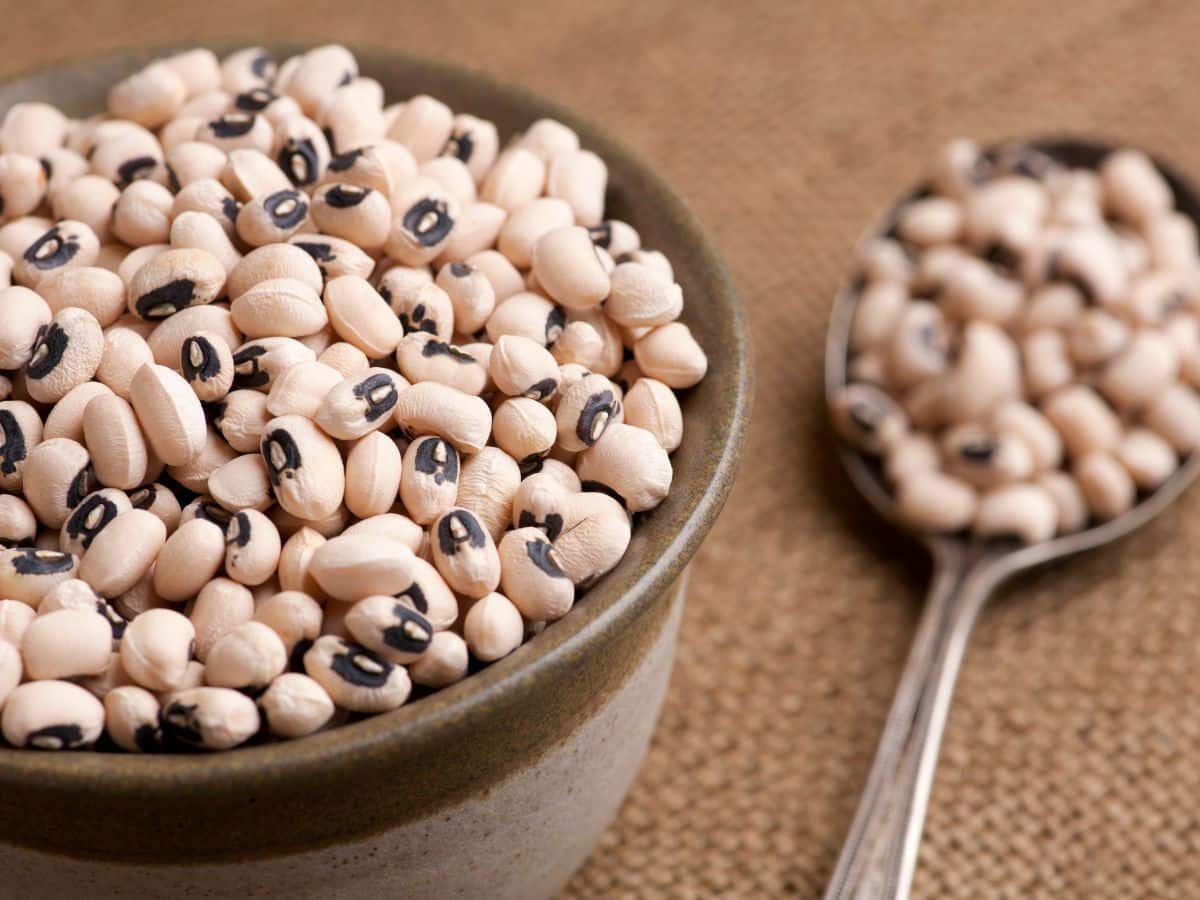
1. Black-Eyed Peas
Protein in one cup: 13 grams
Calories: 198 per cup
Perhaps you only dig into a bowl of black-eyed peas on New Year’s Day, but with 13 grams of protein per cup, they may make you feel lucky throughout the year. These cream-colored beans with a distinctive black “eye” at the inner curve are often found in Southern-style dishes. Go beyond a basic side dish with these blackened chicken black-eyed peas bowls, this aromatic African bean stew, or this spicy black eyed peas and coconut curry dish.
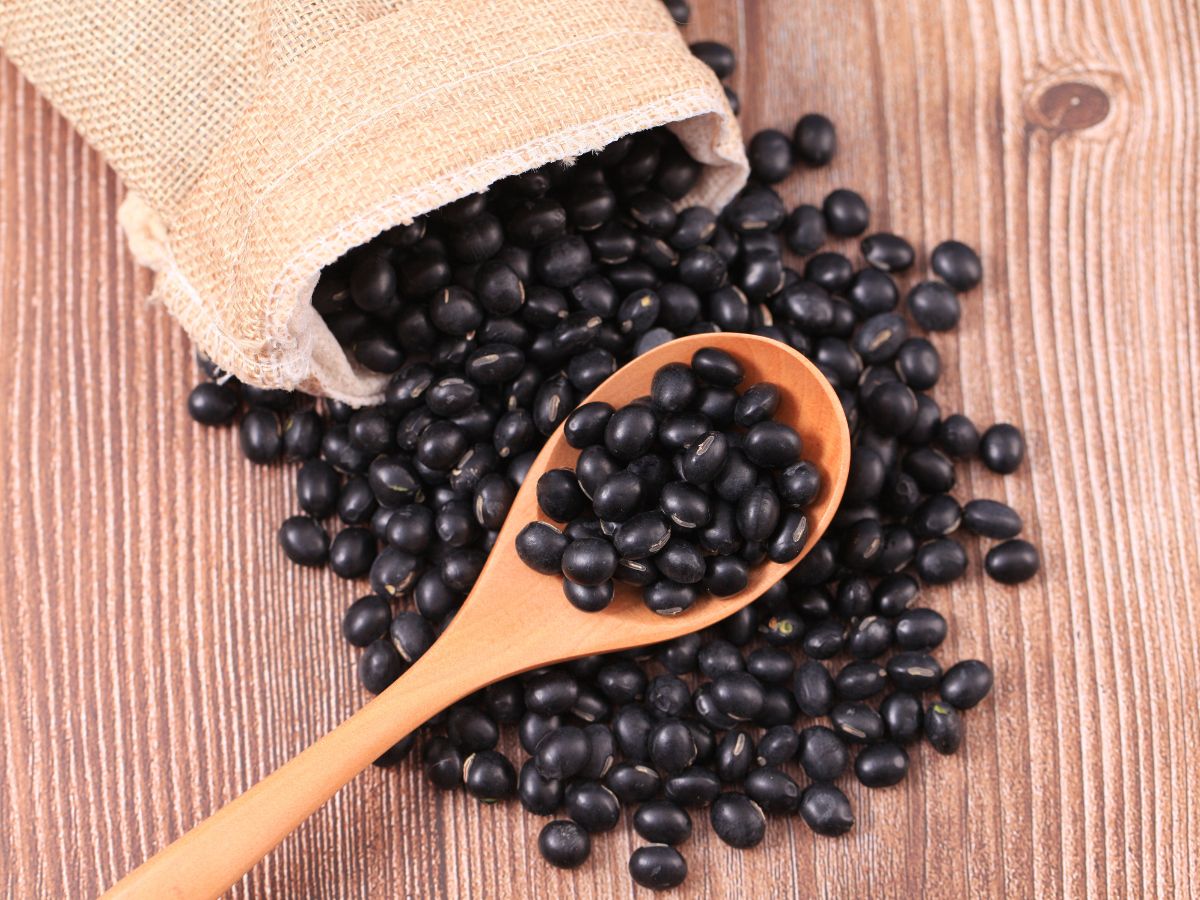
2. Black Beans
Protein in one cup: 14 grams
Calories: 220 per cup
These small, black beans have a soft texture and mild flavor, which makes them quite versatile. It’s easy to substitute them for ground beef in your favorite Tex-Mex dishes or to serve them as a side. For a unique take on this classic bean, try this black bean pineapple salsa or as a topping for blackened salmon. Or press them into waffles full of spicy Latin flavors with this black bean and corn waffles recipe.
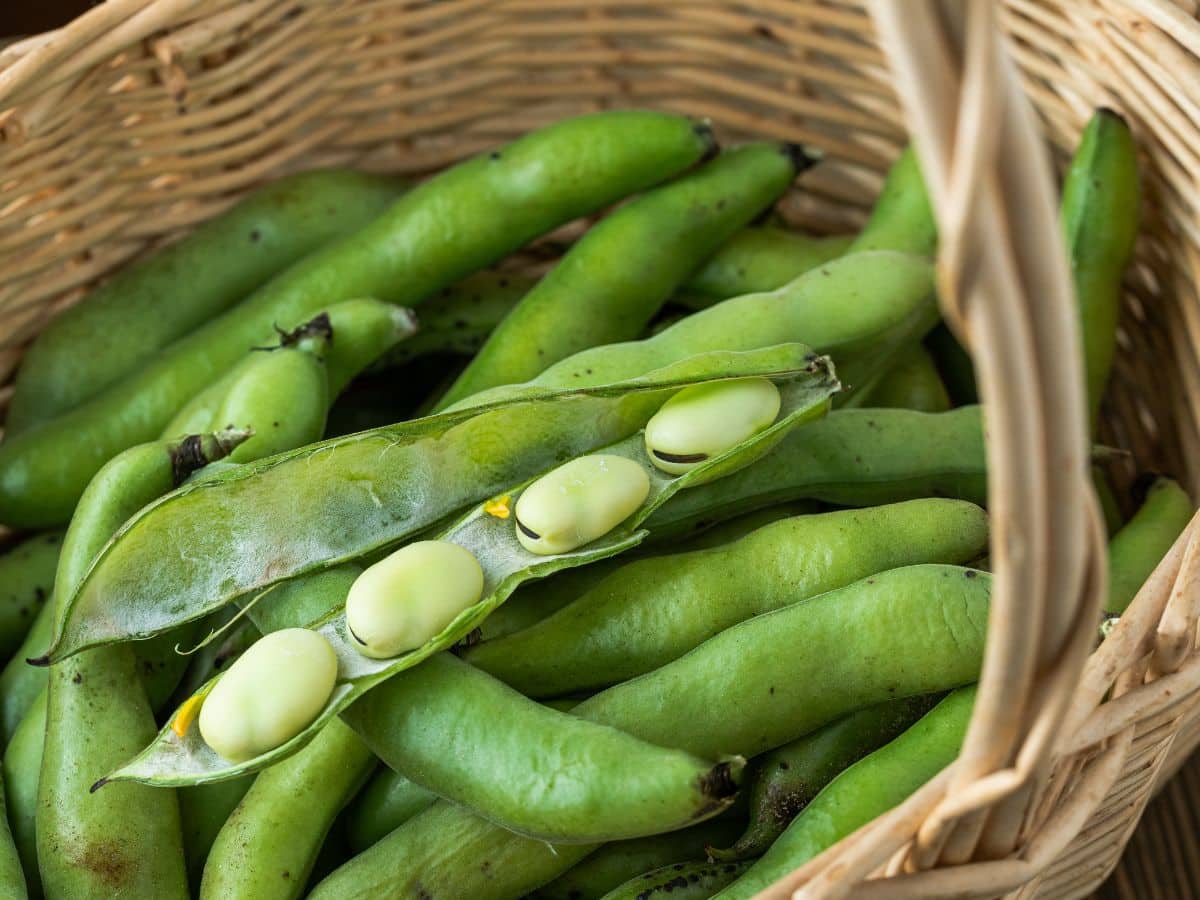
3. Fava Beans
Protein in one cup: 14 grams
Calories: 182 per cup
Also known as broad beans, fava beans are sweet, tender beans typically grown in the spring. Try fava beans with tomatoes in this easy Italian recipe.
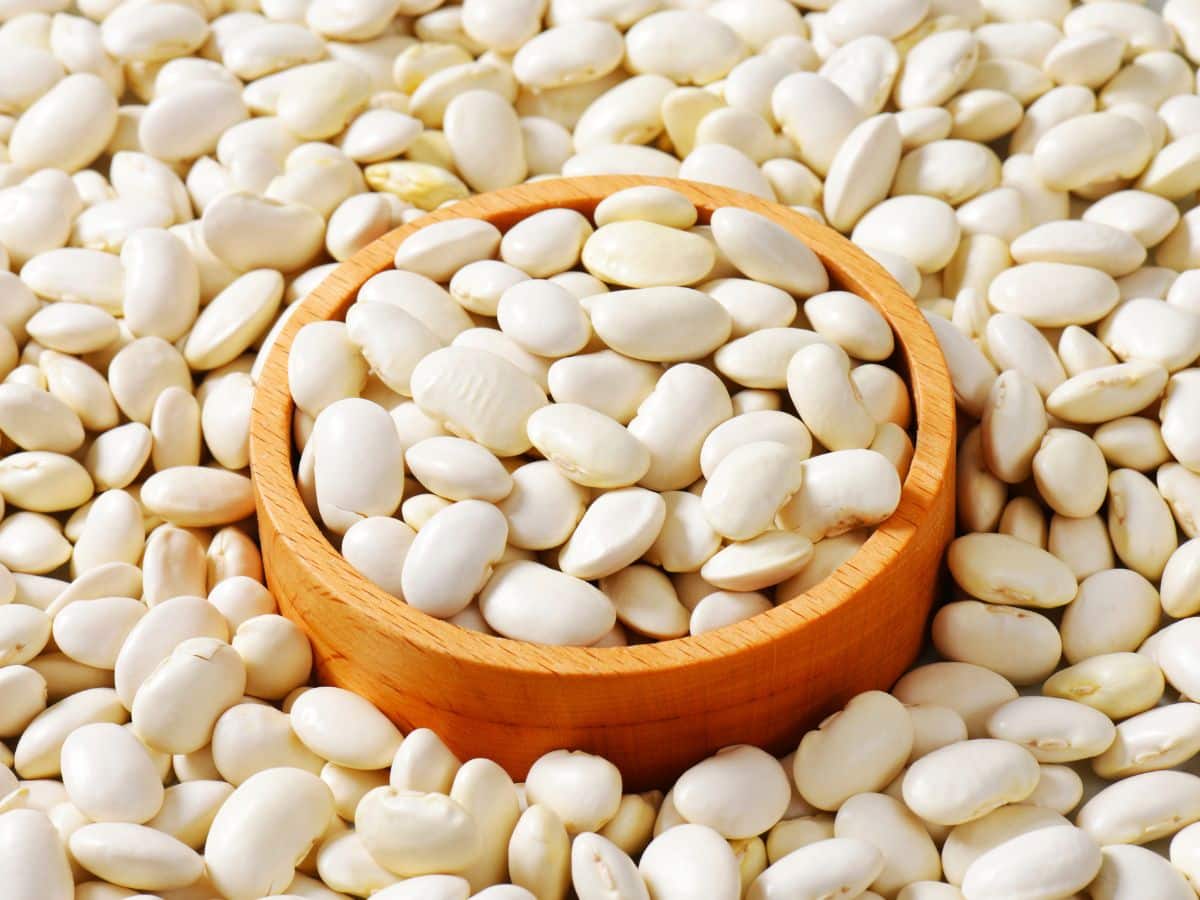
4. Butter Beans (Lima Beans)
Protein in one cup: 15 grams
Calories: 216 per cup
Whether you call them butter beans or lima beans, these large, light-colored beans have a slightly buttery flavor. For a fresh take on traditional hummus (which is made with chickpeas), blend butter beans into this creamy spread. You can also stir butter beans into this Spanish-style smokey stew. It’s easy to make a big pot of lima beans in the Instant Pot for an easy side dish (I love it with fish) or make a batch of these zesty butter beans to serve over rice or quinoa.
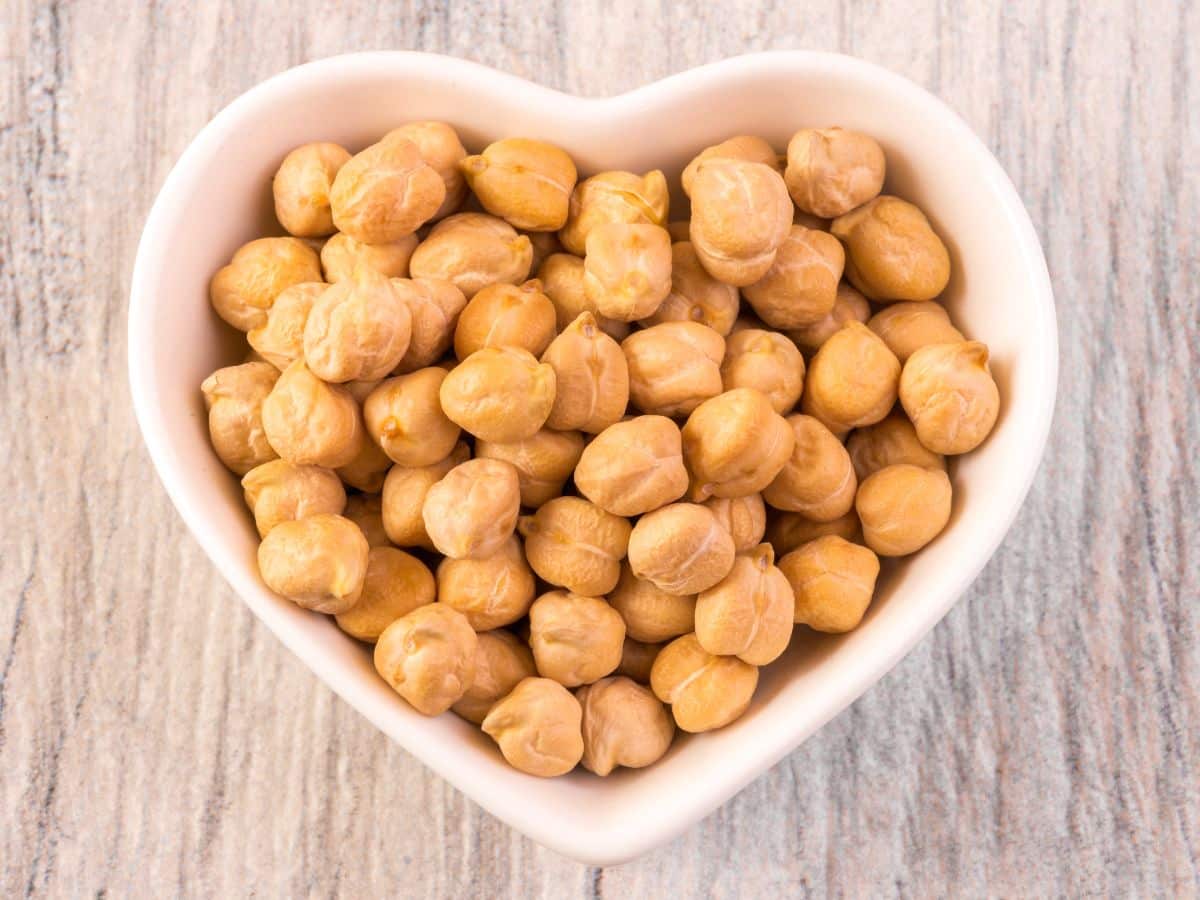
5. Chickpeas (Garbanzo Beans)
Protein in one cup: 15 grams
Calories: 269 per cup
Also known as garbanzo beans, chickpeas are round, beige-colored beans with a nutty flavor and firm texture. A popular way to eat chickpeas is to puree them into a silky hummus, including this hummus recipe without tahini.
You can also cook them in this Costa Rican garbanzo bean soup, fold them into chicken salad, mix them into a protein-packed vegan chickpea salad, or roast chickpeas for a healthy snack. Or, substitute chickpeas for chicken in this vegan tikka masala recipe.
Chickpeas flex beyond savory dishes. You can also use a can to make these flourless chickpea brownies!
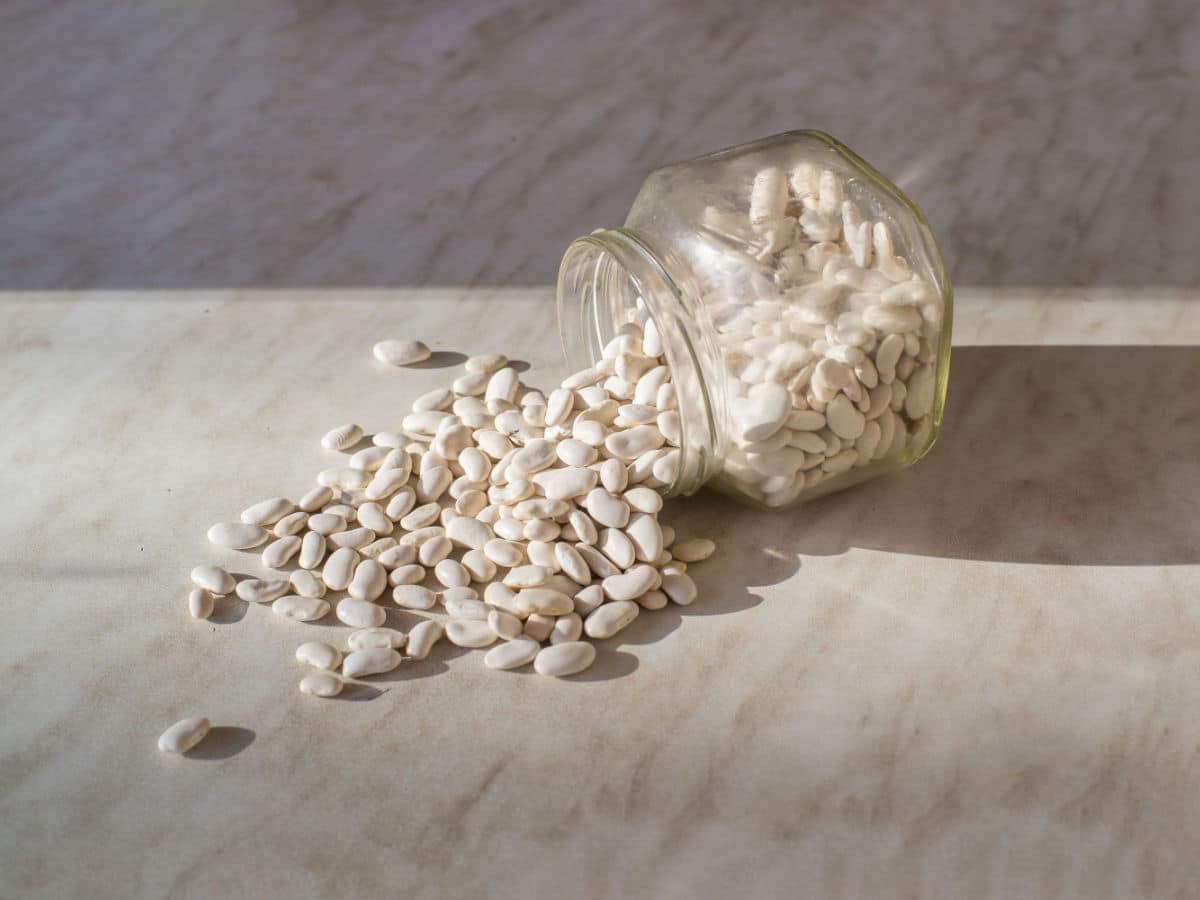
6. Great Northern Beans
Protein in one cup: 15 grams
Calories: 209 per cup
Larger than navy beans (see #7), but smaller than cannellini beans (see #11), great northern beans hold their shape in soups and stews. They are most commonly used in French-style cassoulets, and you can also enjoy them with eggs and topped with feta in this shakshuka recipe.
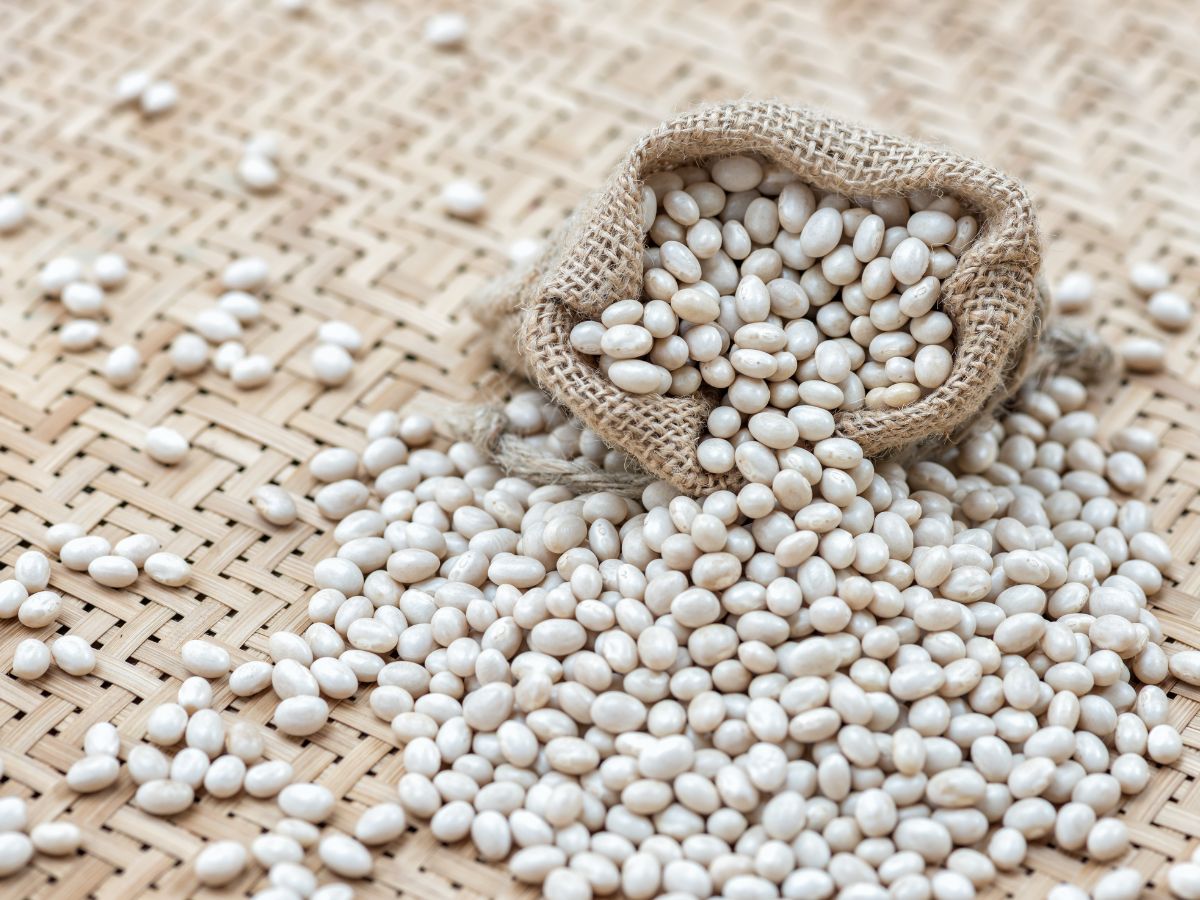
7. Navy Beans
Protein in one cup: 15 grams
Calories: 255 per cup
Sometimes called pea beans, navy beans are the smallest white bean. They have a mild flavor and creamy texture that makes them perfect for pureeing into dips and thickening soups. If you loved a big pot of ham and navy beans before being diagnosed with alpha-gal syndrome, try substituting smoked turkey for the ham in your favorite recipe.
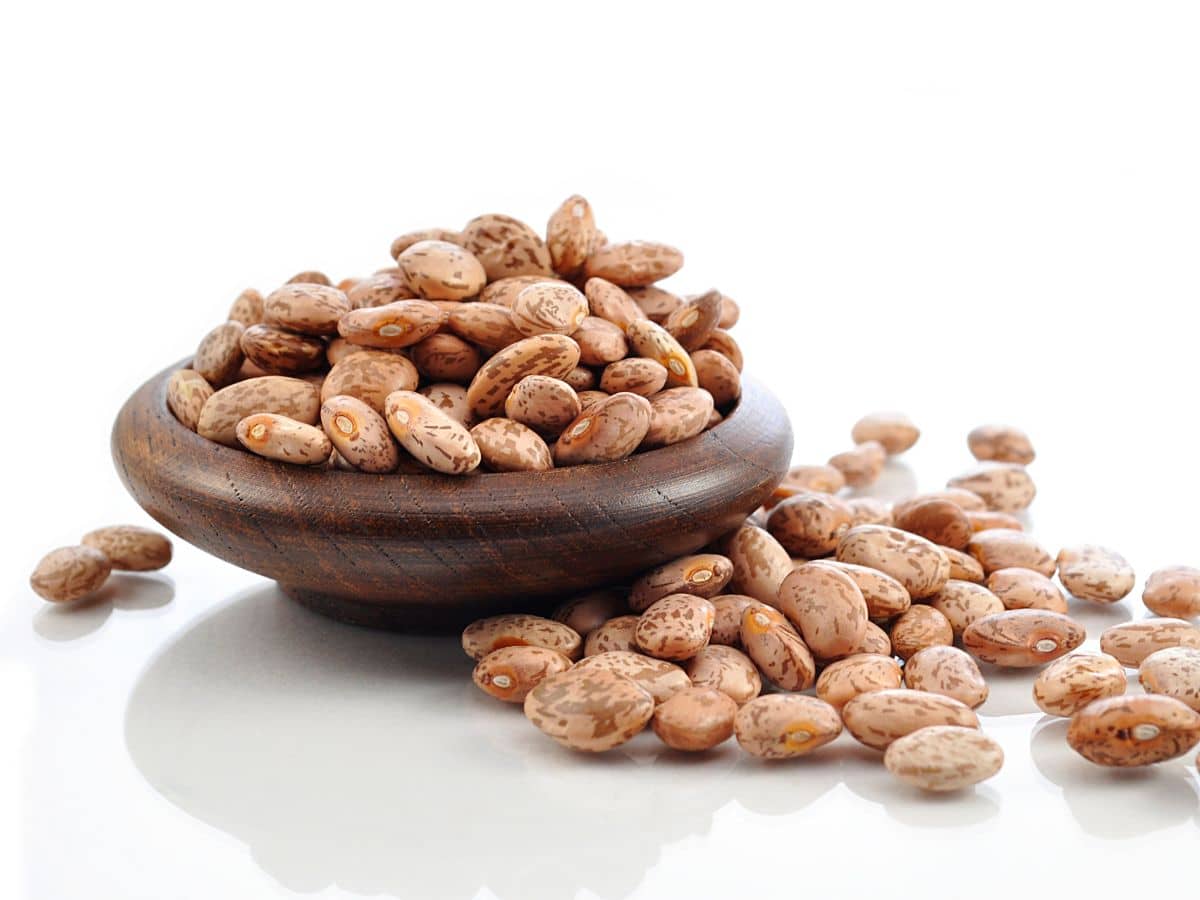
8. Pinto Beans
Protein in one cup: 15 grams
Calories: 245 per cup
With brown speckles sprinkled over a beige-colored base, pinto beans have a distinct look. Pinto beans are often used to make refried beans, but because many prepared versions contain lard, alpha gals may prefer to make this dish at home. Whip up an alpha-gal safe batch in under 10 minutes with this homemade refried beans recipe that uses pinto bean flour. Or try them in this delicious vegan enchilada soup or easy vegan chili mac.
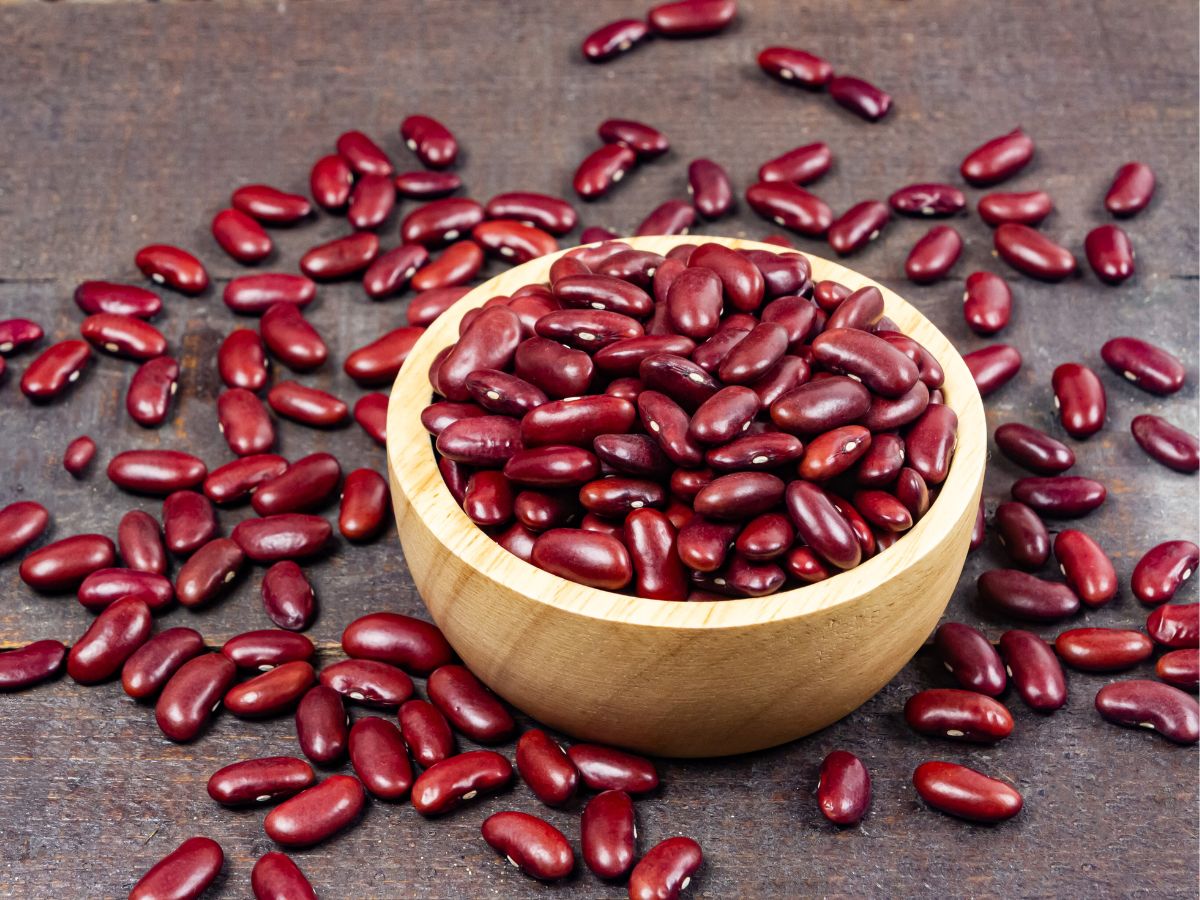
9. Red Kidney Beans
Protein in one cup: 15 grams
Calories: 225 per cup
These dark-colored, kidney-shaped beans have a slightly sweet, earthy flavor. Try them in this three-bean salad, to stuff bell peppers, or in this Afghan-style vegan curry.
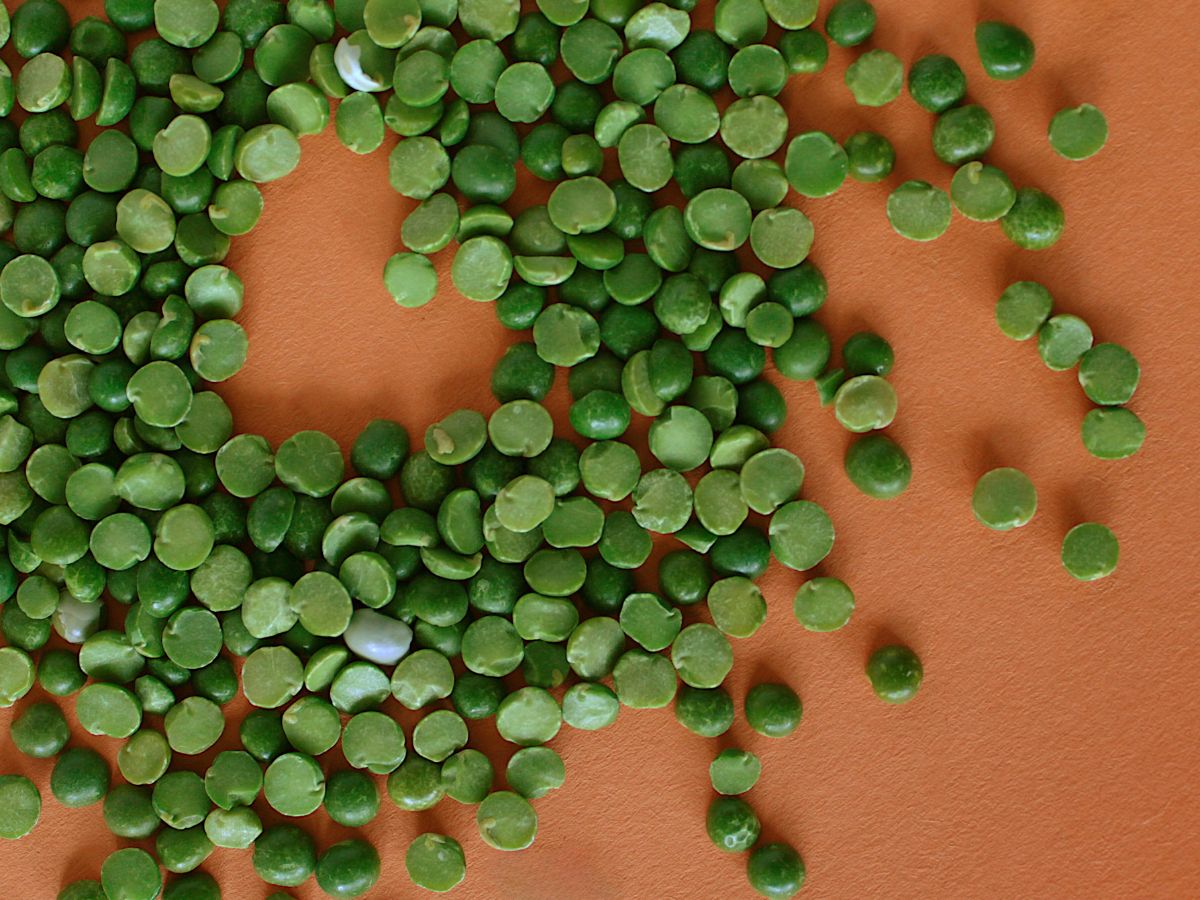
10. Split Peas
Protein in one cup: 16 grams
Calories: 231 per cup
Split peas are commonly used in vegetarian protein powders like my favorite line-up from Orgain. Although they are a legume, and not a bean, split peas are cooked and eaten much like beans. Split pea soup is one of the most popular ways to eat split peas, but it’s typically made with bacon, sausage, and/or ham – all off limits to us alpha gals. Fortunately, there is this tasty vegan split pea soup recipe.
Fun Fact: Erwtensoep (split pea soup) is the national soup of the Netherlands where one test of quality is to see if the soup is thick enough to hold your spoon upright in the bowl.
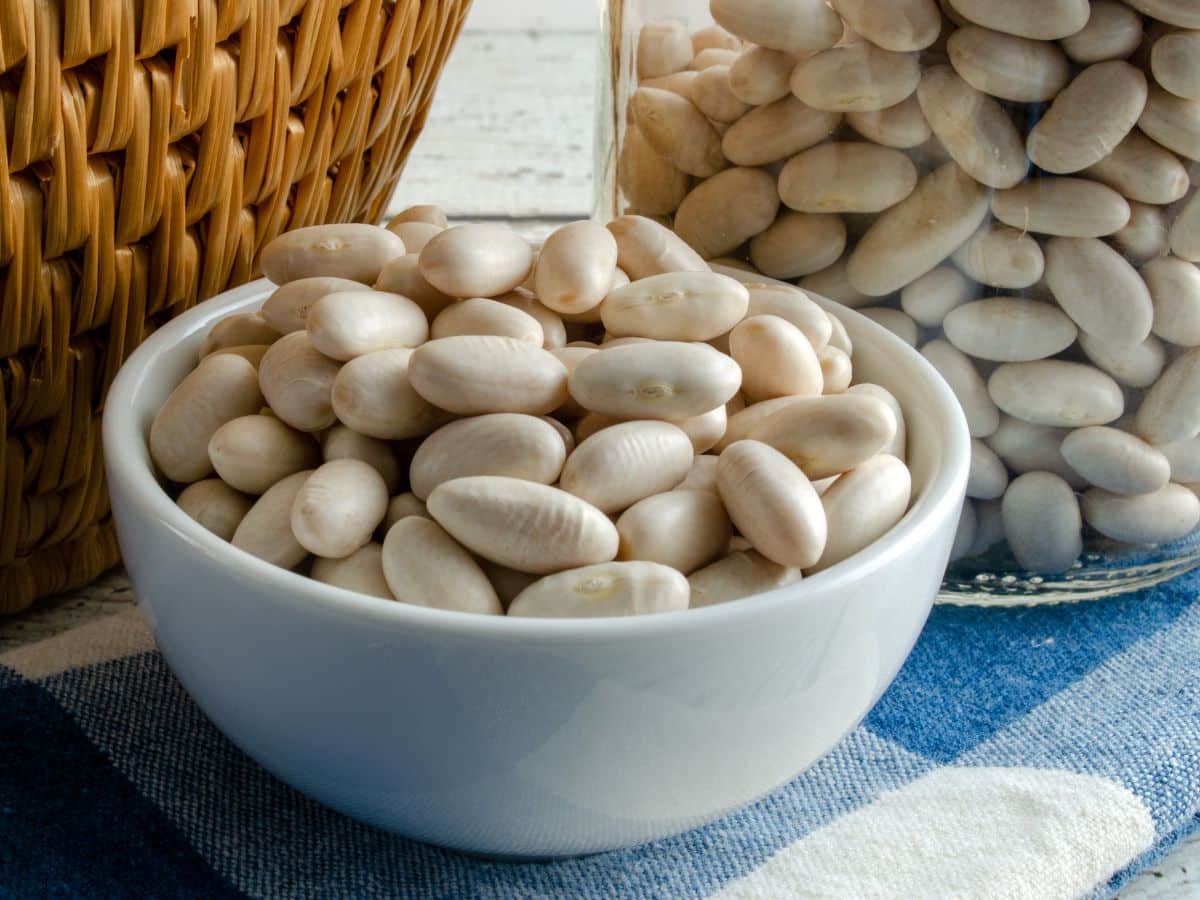
11. Cannellini Beans
Protein in one cup: 17 grams
Calories: 249 per cup
Because these large, white beans have a traditional kidney shape, they are also called white kidney beans. Cannellini beans are commonly used in Italian dishes like minestrone and pasta e fagioli, but you can also try them in other Mediterranean-inspired dishes like this roasted tomato and white bean stew and this easy, five-minute cannellini bean salad. They are also delicious as a side with fresh rosemary and garlic.
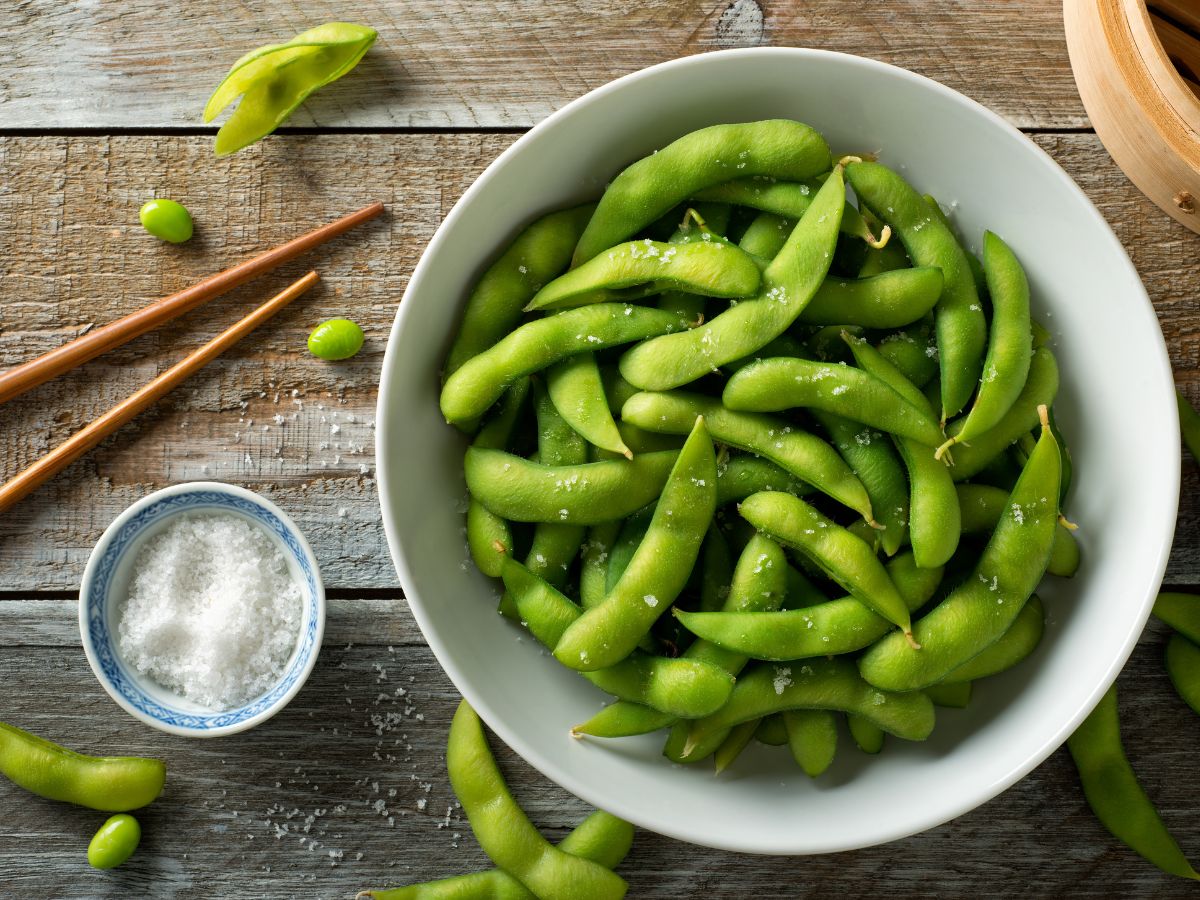
12. Edamame
Protein in one cup: 18.4 grams
Calories: 188 per cup
Edamame are young, green soybeans that are typically boiled or steamed in their pods. They are commonly served as an appetizer at sushi restaurants and are an easy addition to many salads. Try them in this Asian-style cucumber salad or these tasty ahi tuna bowls.
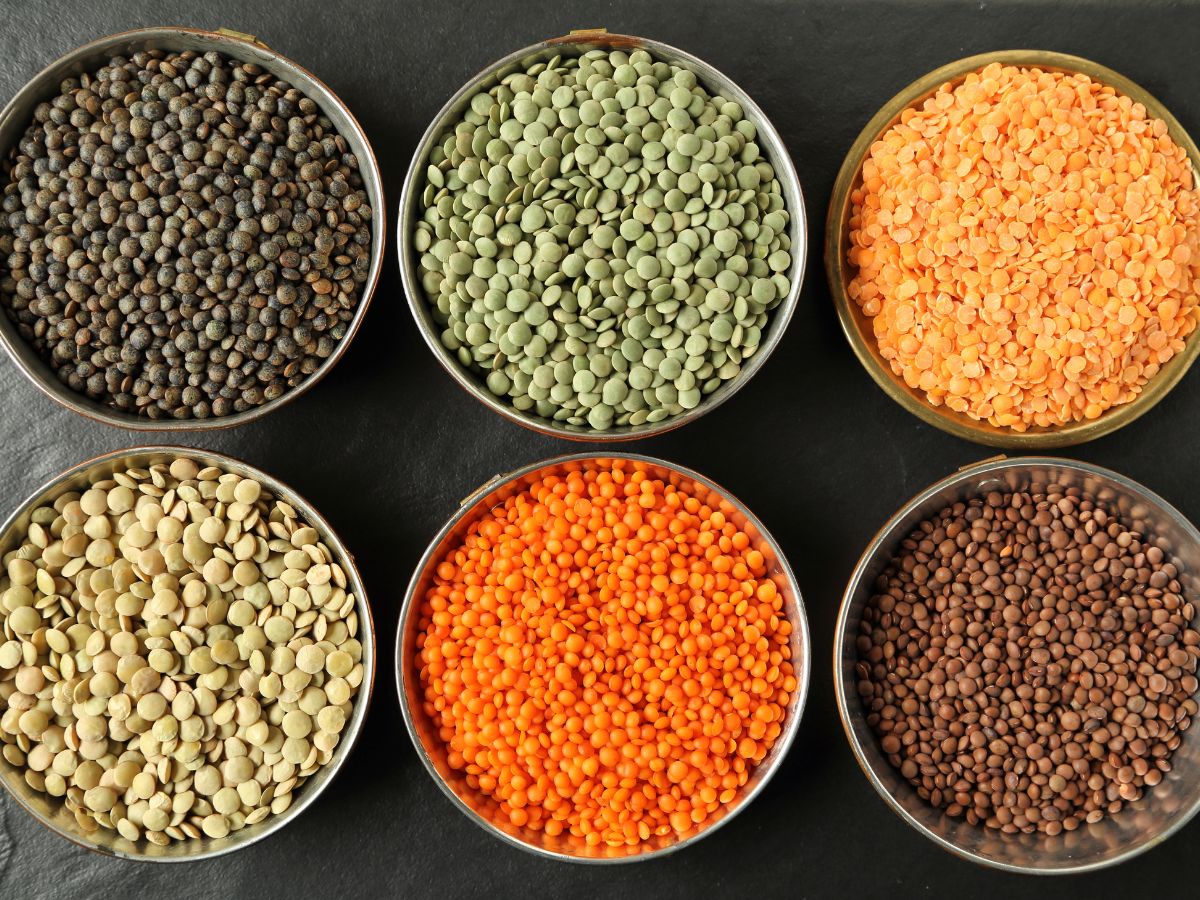
13. Lentils
Protein in one cup: 24 grams
Calories: 300 per cup
A staple in Middle Eastern and Indian cuisine, lentils are known for their versatility, flavor, and high protein content. There are five main types of lentils: brown, red, green, black, and Le Puy (also known as French green lentils). Kick off your day with the one-two protein punch of these breakfast lentils with poached eggs. They’re also delicious in this tabbouleh salad and this easy slow cooker lentil soup. Or you can replace your go-to black bean burger with these vegan lentil burgers with avocado sauce and even make red lentil tortillas!
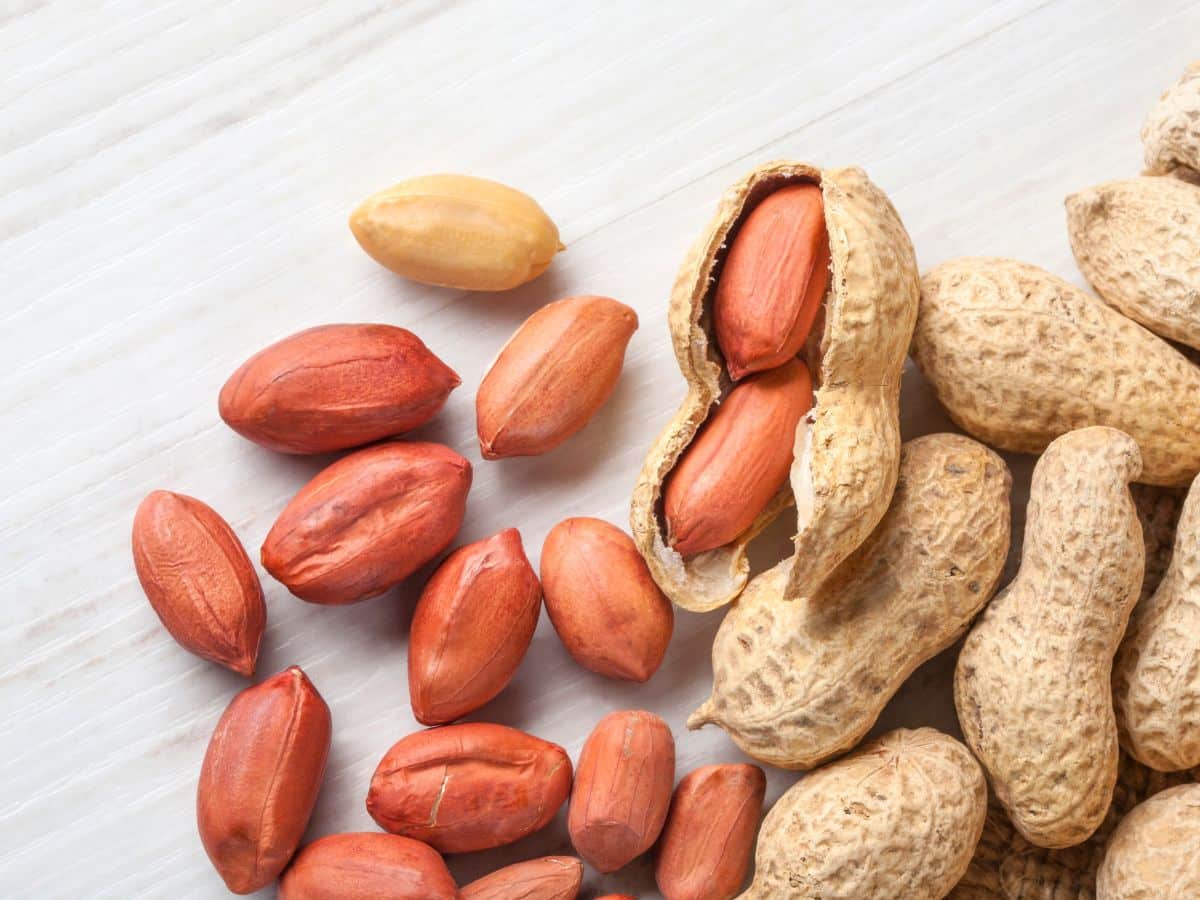
Bonus Ingredient: Peanuts
Protein in one cup: 36 grams
Calories: 857 per cup
Although it’s technically a legume – and not a bean (which is the focus of this list) or a nut (which is how we usually eat them) – peanuts are so packed with protein that I wanted to give them an honorable mention. Spoon peanut butter into celery stalks or spread a dollop on a banana or apple slices for a fast and easy alpha-gal friendly snack. Or, you can boil raw peanuts, sprinkle them on pad Thai, or try them in this African chicken peanut stew.
Frequently Asked Questions About Beans
Do you have to soak beans before cooking them?
Soaking beans can help improve the texture of the cooked beans and reduce the number that split open during the cooking process. And, according to The Bean Institute, soaking beans can also reduce the gas that your body produces when digesting the cooked beans. However, it’s not the end of the world if you skip this step – your recipe will still taste just fine and you won’t necessarily recreate this classic scene from Blazing Saddles gathered around the dinner table.
What happens if you don’t soak beans before cooking?
While you can absolutely skip an overnight soak when preparing dried beans, they may take longer to cook. Additionally, beans that are cooked without being soaked are more likely to split open and may make you more gassy than beans that have been soaked first.
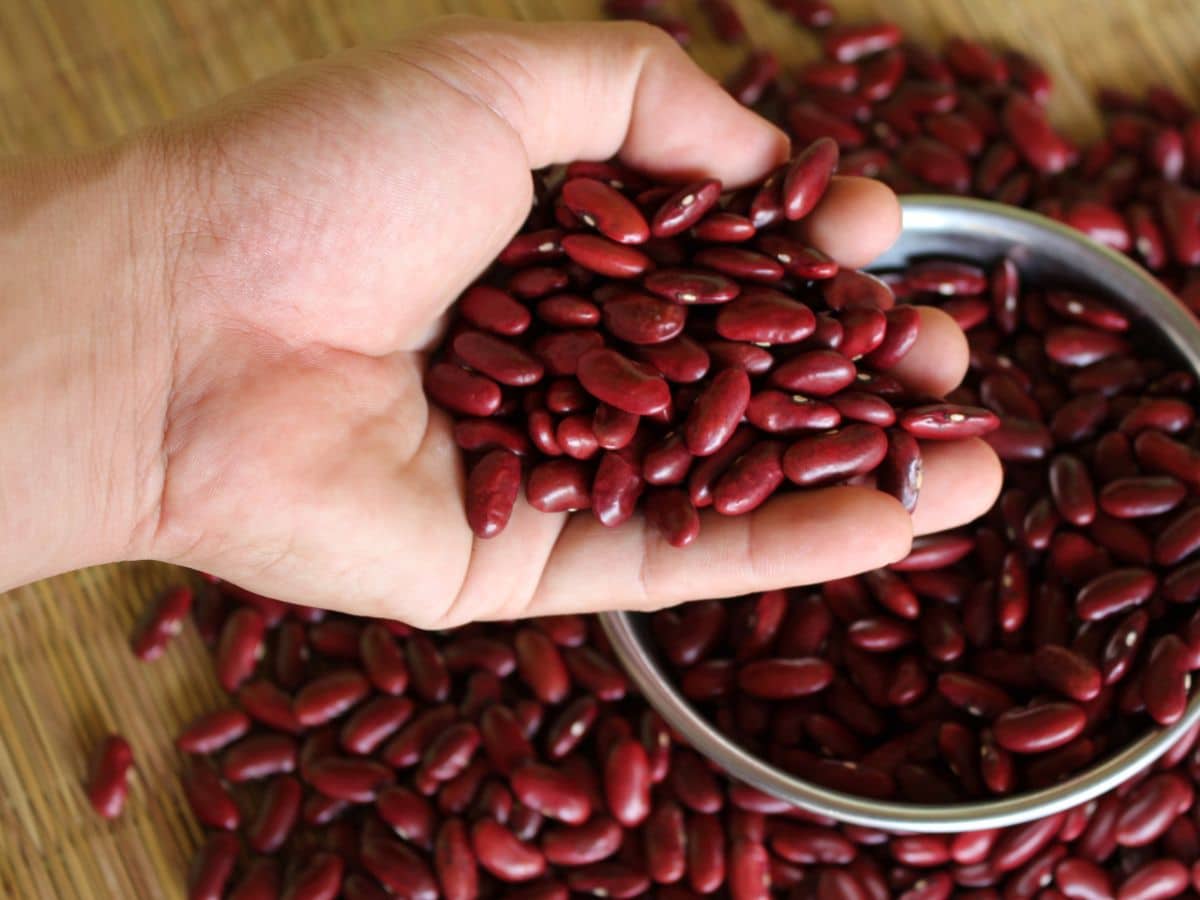
How big is a kidney bean?
Shaped like a kidney, a dry kidney bean is typically about ½ inch long. However, the size may vary slightly depending on the type of kidney bean and its growing conditions. When cooked, kidney beans usually increase in size and lose some of their distinctive shape.
How many cups are in a pound of pinto beans?
The number of cups in a pound of pinto beans varies based on the volume of the beans and how they are prepared. However, as a rough estimate, one pound of dried pinto beans yields approximately 6 to 7 cups of cooked beans.
Are garbanzo beans gluten free?
Yes, garbanzo beans (also known as chickpeas) are naturally gluten free. However, packaged or processed garbanzo bean products – such as hummus or falafel – may include gluten-containing ingredients. So be sure to carefully read the ingredients list if you have a gluten intolerance.
How do I fix salty beans?
If you used a heavy hand shaking salt into your beans, you can try adding more water or unsalted broth to dilute the saltiness. Or, add a bit of acid, like vinegar or lemon juice. You can also add a starch – like potatoes or rice – to absorb some of the salt. Be sure to taste your dish frequently and adjust as needed until you reach the desired, less salty flavor.
What are vegetarian beans?
Beans that are not cooked with any meat or meat products are called vegetarian beans. They are a great protein-rich food for vegans, vegetarians, and alpha gals.
What are Your Favorite Beans?
Which beans do you enjoy most to add plant-based protein to your alpha-gal friendly diet? Any beans missing from this list? Any additional tips and tricks to pass along? Share your experiences in the comments section below.
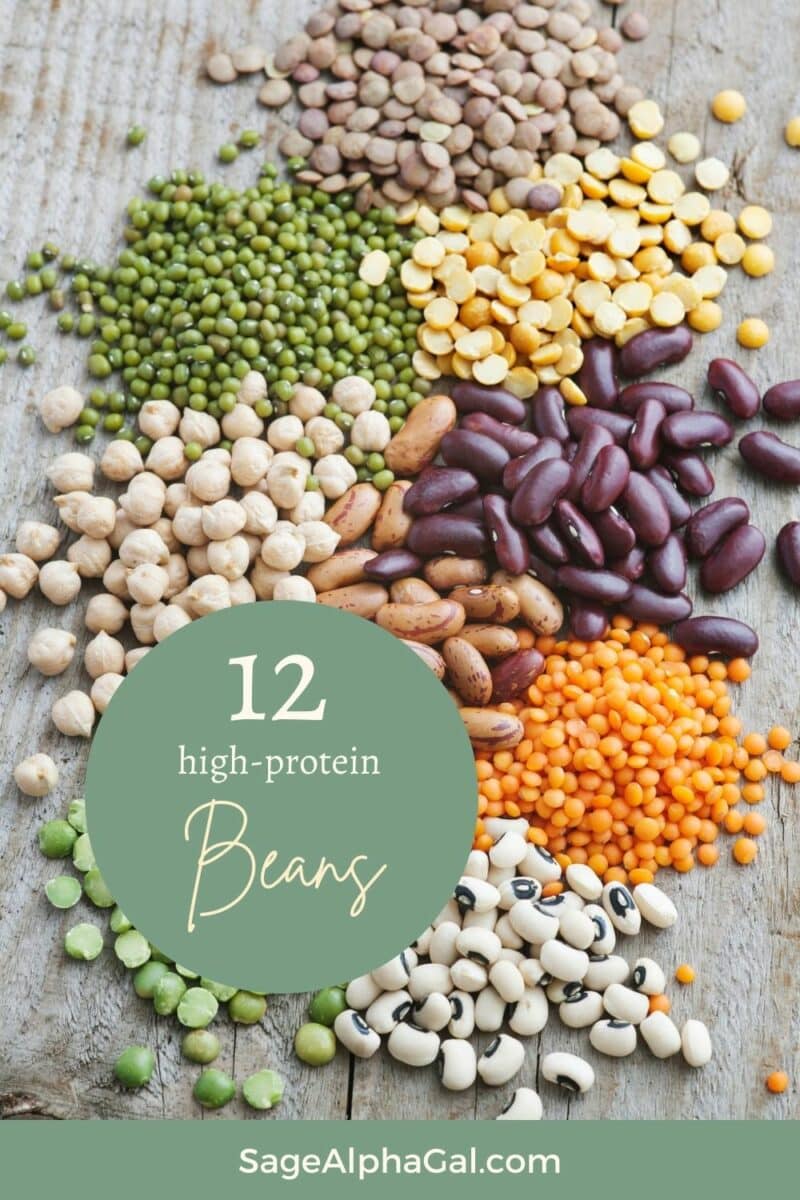
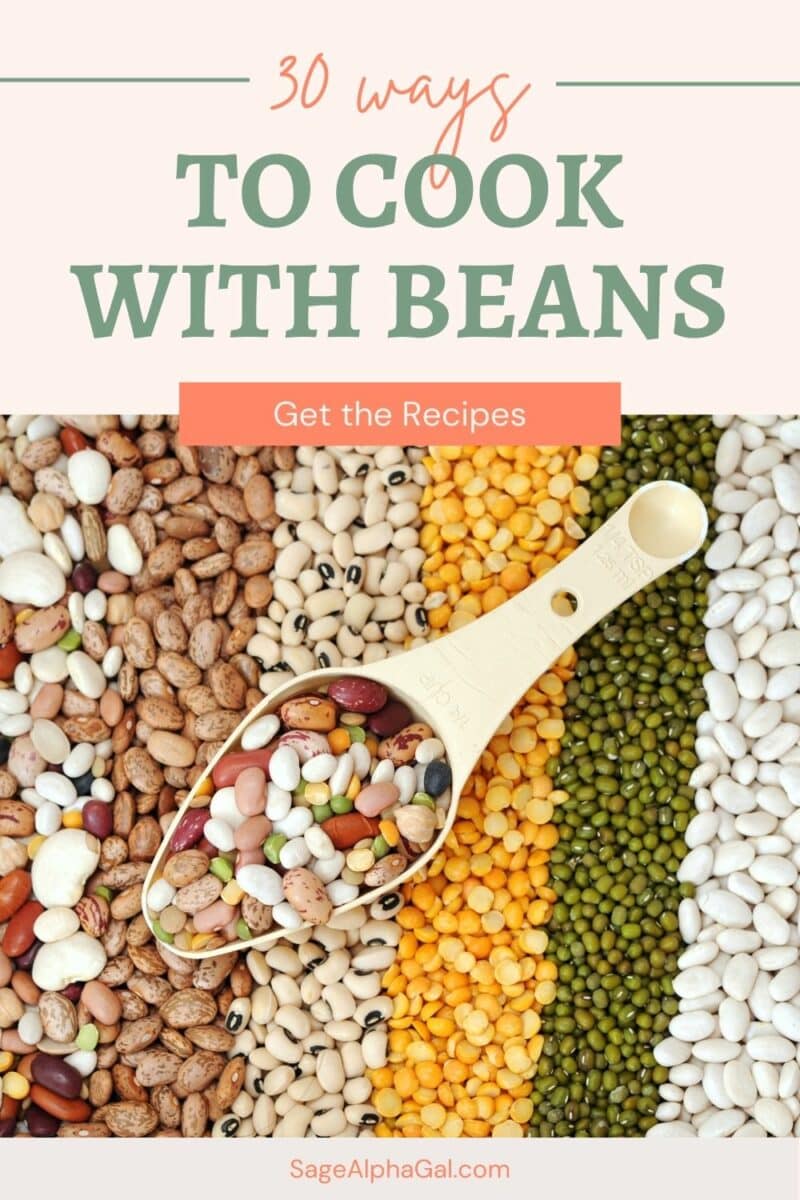
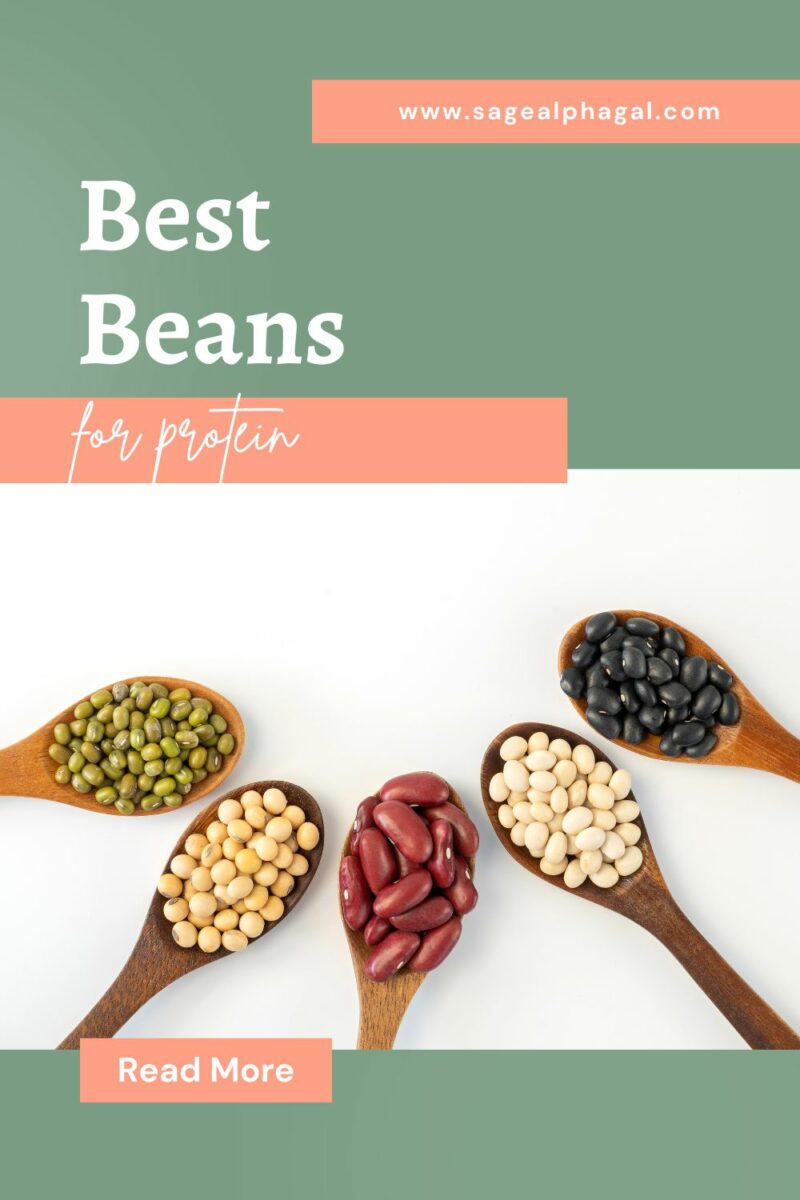
Thank you for sharing!
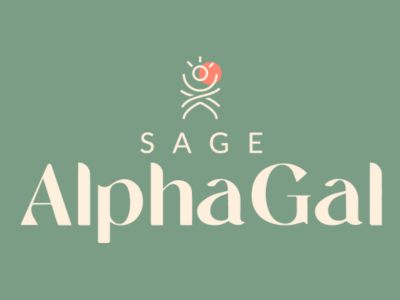
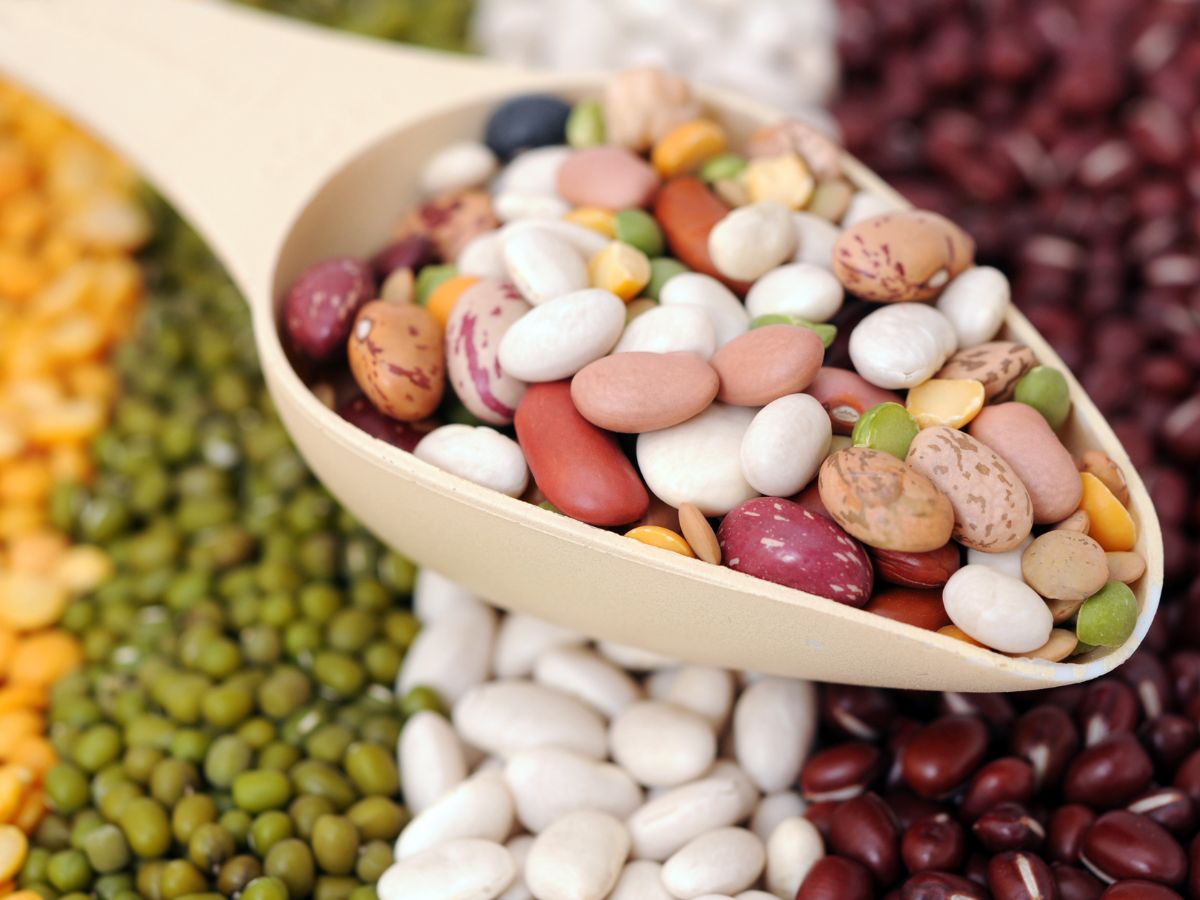
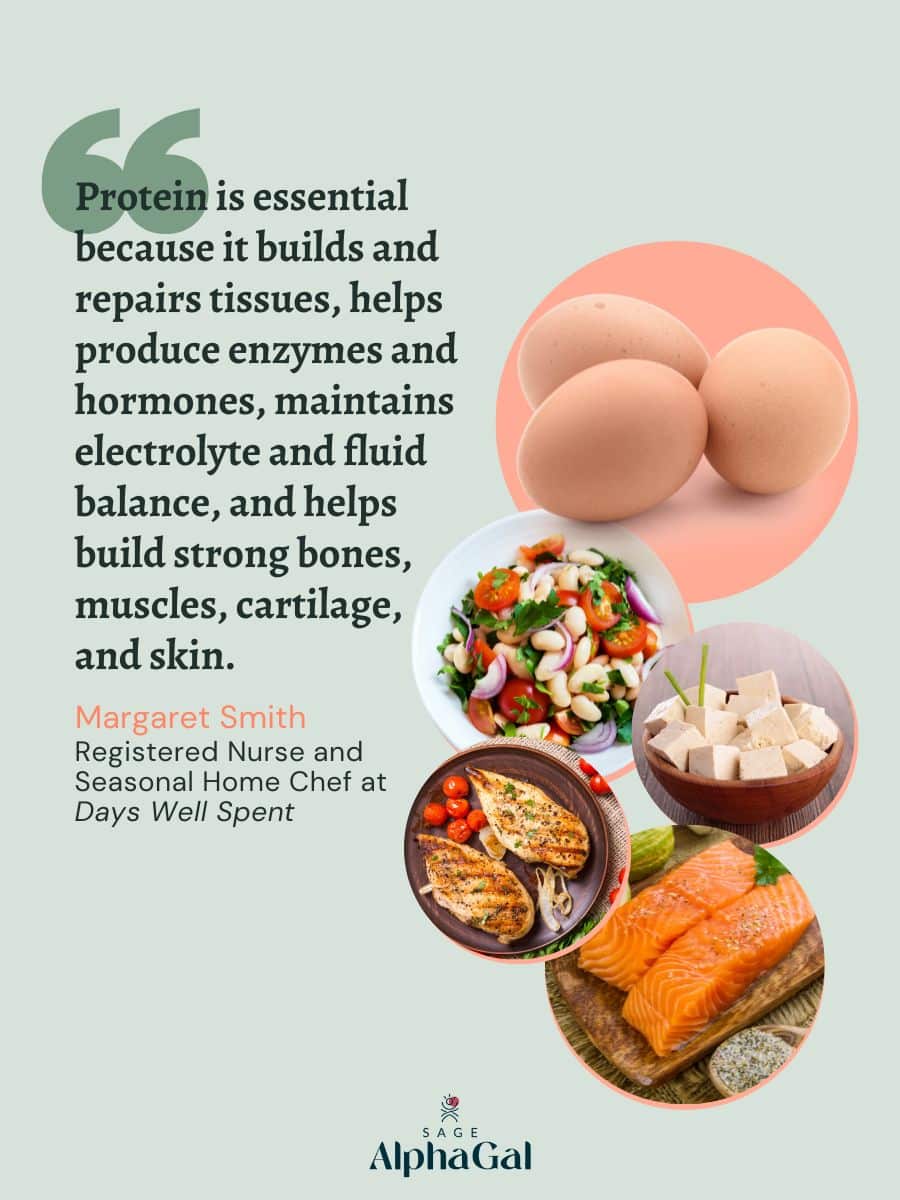
This is so helpful!
A very interesting and informative article. Will save this for future reference.
My whole family loves all beans, so this works well for all including my AlphaGal son! Thanks for this informative article!!
They are a delicious, protein-packed, plant-based source of protein, for sure!
My dad was raised in the south and brought his love of black-eyed peas to Kansas with him. I’ve raised my kids with the same tradition of eating black-eyed peas on New Years Day. Now, I grow a couple of rows in my garden and like to eat them all year!
ES
I love that!